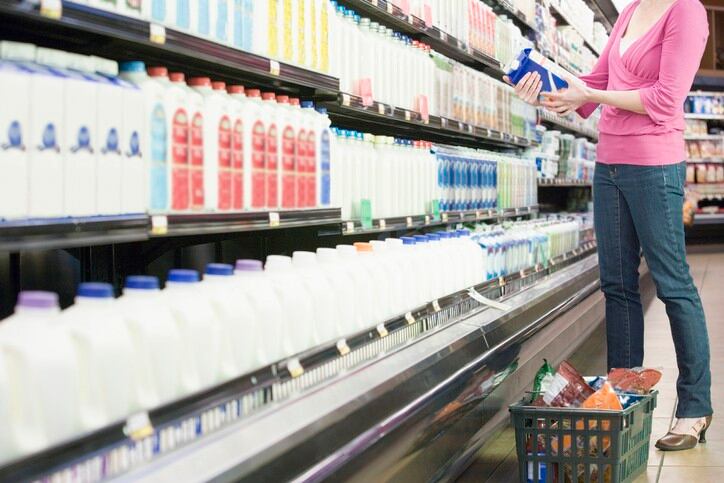The Dairy Industry Development Committee has been established under the purview of the Ministry of Agriculture, Food and Rural Affairs (MAFRA), and has been entrusted to develop mid- to long-term development plans for the industry, and will primarily focus on increasing local self-sufficiency to improve food security.
Committee members include representatives from the government, industry associations, consumer associations, academics and dairy product manufacturers.
“The dairy industry in South Korea has seen a great deal of change in the past 20 years (2001 to 2020) including population decrease, changes in product consumption patterns and increased import entries,” MAFRA said via a formal statement.
“Over this time, local dairy product consumption has increase by some 46.7% from 3.05 million tons to 4.47 million tons – but imports have surged by 272.7% from just 653,000 tons initially to 2.4 million tons today, and [a combination of] decreasing numbers of dairy farms and herds and increasing domestic crude oil prices [have] resulted in a 29.2% decrease in South Korea’s dairy self-sufficiency.”
The ministry also recognized that local consumers consume some of the most expensive milk in the world (US$2.09 per litre on average, according to Numbeo – for comparison, this figure is US$0.86 in the US) and acknowledged the need to improve the pricing of this ‘basic food’.
Speaking at the committee’s first meeting, one of the country’s largest dairy manufacturers Namyang Dairy’s Managing Director Kim Seung-eon highlighted that base costs are currently a major hindrance for manufacturers to bring end-product prices down and urged for a system overhaul to improve this situation.
“The cost competitiveness is low, making it difficult to supply competitive products to consumers,” said Kim.
“[In this committee], we are looking to come up with a solution to increase the local dairy self-sufficiency rate by creating an upgraded system that prioritises self-sufficiency [and] local food security.”
To do this, MAFRA Livestock Policy Bureau Park Bum-soo said that the committee would prioritise production cost reduction for dairy farms, expand R&D and reorganise government support to shift the local dairy production structure so as to meet demand in accordance with market conditions and acceptable pricing.
Iron fist to come?
Self-sufficiency is the primary challenge that the committee will focus on solving together first, but MAFRA’s announcement of its formation also alluded to a more hard-handed approach to dairy policy implementation moving forward.
“For the past year, the Dairy Promotion Association has operated a [similar] subcommittee of producers, consumers, experts and more to discuss system improvement but the producers have been passive in their discussions and there was no progress made,” said the ministry.
“This has presented a problem as the subcommittee’s rules stipulate that at least 2/3 of the director-members need to be present for discussion – but of the 15 members in that subcommittee, seven or almost half are producers.
“Any changes to the rules also face a similar dilemma, so according to our analysis, it will be difficult to make any improvements to the system in this way – [this is why] for the sustainable development of the dairy industry, it is necessary for the government to lead this, with the participation of all the various other stakeholders, [such as in this new committee].”
The committee will prepare a final draft on the local dairy system improvement by end-2021 for analysis and approval.




